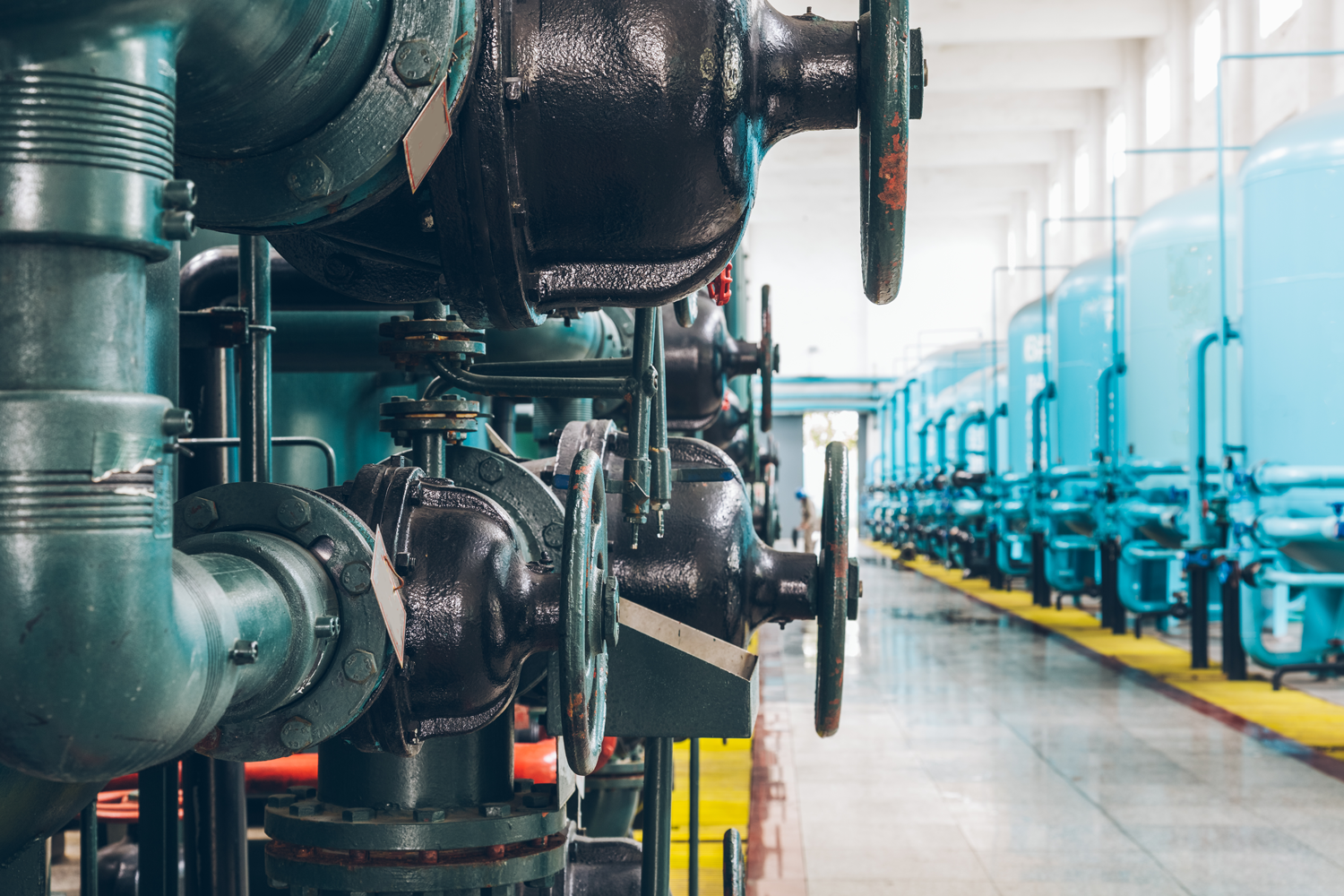Understanding the Operational Principles of Centrifugal and Positive Displacement Pumps
Frequently, it can be challenging to discern the suitable application for a centrifugal pump versus a positive displacement pump. Each type possesses distinct flow rate, pressure, viscosity, and efficiency characteristics. What sets apart a positive displacement pump from a centrifugal pump?
Centrifugal pumps generate pressure through a spinning impeller, transferring energy from the motor to the fluid. As the impeller rotates, fluid velocity increases, resulting in elevated pressure. Consequently, a pressure differential is created from the pump’s inlet to its outlet, inducing flow.
In contrast, positive displacement pumps (PD pumps) utilize two spinning rotors to displace a predetermined fluid volume per revolution from the inlet to the discharge side. Flow in PD pumps is dictated by volume displacement. However, these pumps are not entirely volumetrically efficient due to clearances and gaps in the rotors and walls, leading to a loss in efficiency known as slip. Despite this, PD pumps can be meticulously designed to achieve specific flow rates with remarkable precision.
Comparing Flow Rate Characteristics: Centrifugal vs. Positive Displacement Pumps
A significant contrast between the two pump types lies in their flow rates under varying pressures. As depicted in the graph on the right, a centrifugal pump exhibits a reduction in flow rate as pressure rises. Conversely, a positive displacement (PD) pump maintains a nearly constant flow rate even with increasing pressure.
Viscosity Impact on Flow Rate: Centrifugal vs. Positive Displacement Pumps
Another key distinction between centrifugal and PD pumps lies in how viscosity impacts flow rate. Illustrated in the graph on the right, a centrifugal pump experiences a decrease in flow rate with rising viscosity. In contrast, PD pumps exhibit higher flow rates as viscosity increases, attributed to reduced slip within the pump. This phenomenon occurs because fluids with higher viscosity demand more energy for movement. Consequently, PD pumps perform more effectively as the fluid encounters greater difficulty slipping through the gaps and clearances near the rotors.
In conclusion, the comparative analysis between centrifugal and positive displacement pumps highlights distinct characteristics that influence their performance under varying conditions. Centrifugal pumps demonstrate a dependency on pressure, with flow rate decreasing as pressure increases, whereas positive displacement pumps maintain a consistent flow rate regardless of pressure changes. Moreover, the impact of viscosity on flow rate presents another notable difference, with centrifugal pumps experiencing reduced flow rates with higher viscosity, while positive displacement pumps exhibit higher flow rates due to reduced slip.
Ultimately, understanding these differences is essential for making informed decisions when selecting the most suitable pump type for specific applications. By considering factors such as flow rate requirements, pressure variations, and viscosity effects, engineers and operators can optimize system performance and efficiency. Thus, this comparative analysis provides valuable insights into the operational principles of centrifugal and positive displacement pumps, aiding in the effective design and management of fluid handling systems across various industries.
